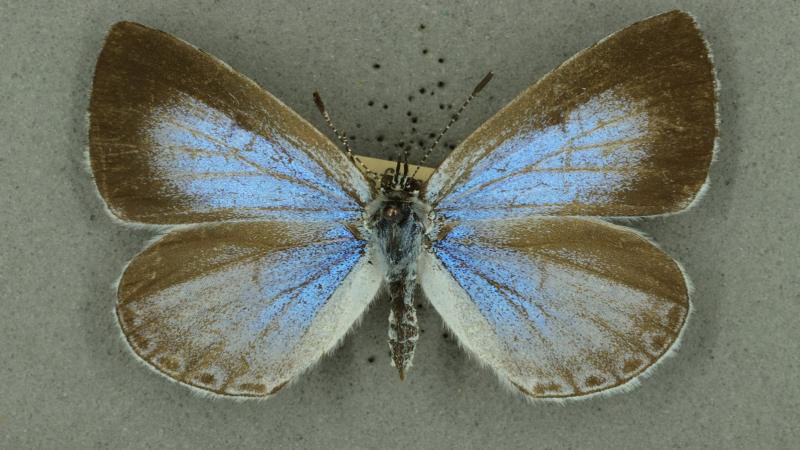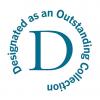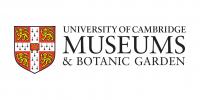
Pictured: holly blue, Celastrina argiolus
200-year trend in Cambridgeshire: Increase.
Modern records
Jenyns’ notes show that this species was found from a few localities across Cambridgeshire 200 years ago and was quite abundant. However, it does not appear to have been as abundant as it is today, with the species now being widespread and common across the entire county. Other historical records report that numbers of holly blue were much lower prior to 1900, but have since increased to reach todays numbers where it occurs very regularly, albeit with boom and bust years that fluctuate up and down cyclically (partly due to an interaction with a parasitoid wasp).
It is possible that milder winters and less woodland management have helped boost the amount of ivy in the county, which is the alternate foodplant for the holly blue. Its larvae feed on flower buds of holly and a few other shrubs in spring, before developing into a summer generation of adults, which in turn lay eggs on the buds of ivy for the larvae feed on in autumn.
National records map
Holly blue national records map: https://species.nbnatlas.org/species/NHMSYS0000516260





